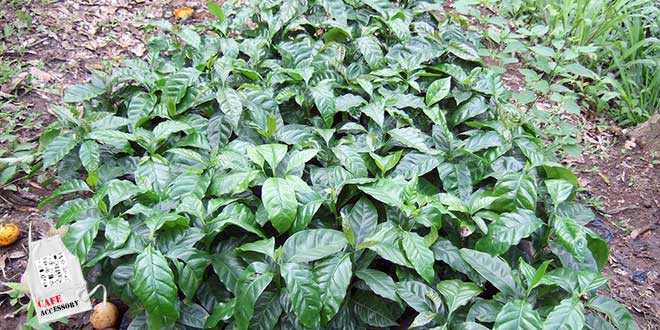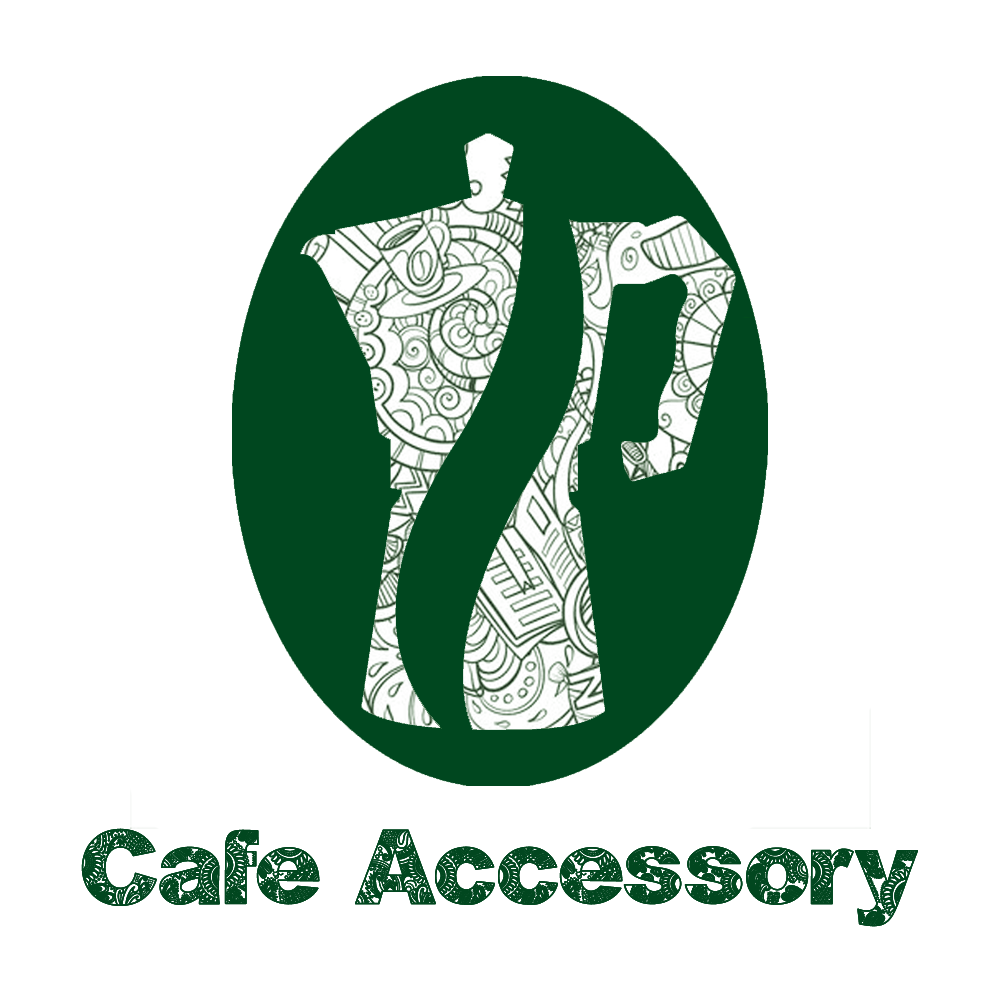کافه اکسسوری – قهوه کاستیلو Castillo نمونه بارز بسیاری از جنبههای قهوه و رشد آنهاست. بسیاری از انواع قهوه جهان که امروزه تکثیر میشوند، تحت تأثیر تماس و دخالت انسان در بعضی از نقاط قرارگرفتهاند. جام مقدس تعبیری است که بر نتیجه نهایی قهوه کاستیلو گذاشتهاند که قهوه بیشتری از گیاه آن به دست میآید و در برابر بیماری مقاومتر بوده و از کیفیت بالاتری نیز برخوردار است.
رسیدن به این ترکیب کار بسیار دشواری است، زیرا کیفیت لیوان تمایل به بازده پایینتر دارد و سویههای مقاوم در برابر بیماری که مشخصه گیاه قهوه روبوستا ست تمایل به کیفیت پایین فنجان دارد. این در حالی است که همیشه اینگونه نیست: کنیا بهواسطه تولید SL به شهرت رسیده است. این قهوه از زمان سلطنت امپراتوری برای هدف دستیابی به بازدهی بالاتر کشت میشوند. با انجام این کار، تولیدکنندگان باکیفیت باورنکردنی جام روبرو شدند.
بیماری فلج زراعی در آمریکا بیش از همه مشکلساز است و کلمبیا کار بسیار خوبی در کاوش قهوههای جدید انجام داده است که این مشکل را برطرف میکند. قهوه کاستیلو، مانند بسیاری از قهوهها، با تعصبات زیادی روبرو بوده است. انتظار میرفت کیفیت جام آن یک سازش باشد و بنابراین برداشت این بود که نمیتواند با انواع قهوه کاتورا با راندمان پایینتر و مستعد ابتلا به بیماری رقابت کند. مسئله این است که جداسازی یک نوع قهوه و برچسب زدن آن بهعنوان قهوه خوب یا بد بسیار دشوار است. بهعنوانمثال، یک قهوه ممکن است در کنیا بسیار خوب باشد اما در السالوادور خوب نباشد.
مایکل شریدان از پروژه قهوه Lands میگوید، ترجیحات سلیقهای در چشیدن کاستیلو و کاتورا نقش بسیار مؤثری دارد. انتظار میرود کاستیلو با همین شرایط رو به رشد، کیفیت بالایی را در فنجان نشان دهد.
منبع: The Coffee Dictionary, Maxwell Colonna
Castillo
Castillo is a brilliant example of many aspects of coffee varieties/cultivars and their development. Many of the world’s coffee varieties that are propagated today were influenced by the human touch at some point. The Holy Grail is to create cultivars that yield more coffee, are more disease resistant, and have a higher cup quality.
This is difficult, as cup quality tends to be linked to lower yields, and disease-resistant strains utilize Robusta stock, again decreasing cup quality. This is not always the case, however: the cultivars Kenya has become renowned for – the SL varieties – were cultivated during imperial rule for the very goal of achieving higher yields.
In doing so, the growers stumbled across incredible cup quality. Crippling crop disease is most problematic in the Americas, and Colombia has done a great job of exploring new cultivars that address this problem. The Castillo variety, like many cultivars, has met with much prejudice: its cup quality was expected to be a compromise and so the perception was that it could not compete with the lower-yielding and more disease-susceptible Caturra variety.
The thing is, it is extremely difficult in coffee to isolate one variety and decisively label whether it is good or bad. For example, a variety may do extremely well in Kenya but not in El Salvador. The work of Michael Sheridan of the Coffee Lands Project has been instrumental in shifting perceptions on Castillo by challenging tasters’ preferences on blind tastings between Castillo and Caturra. Essentially, Sheridan’s work shows that expecting Castillo to produce high cup quality under the same growing conditions as Caturra was unfair and unproductive, and that the key was to figure out what growing conditions Castillo needs
کافه اکسسوری را در اینستاگرام نیز دنبال کنید.


